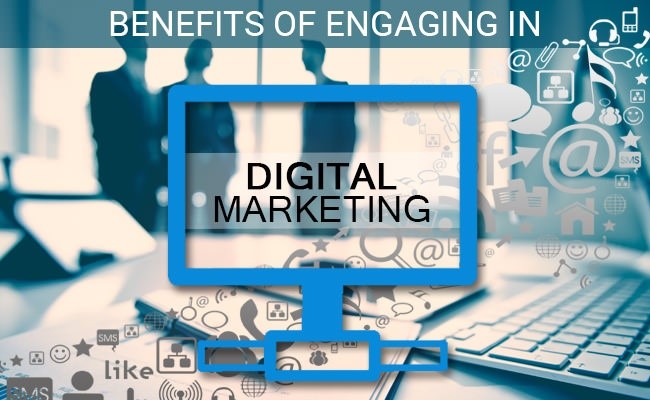Staying ahead means continually evolving your strategies. Practices that were once effective can rapidly become outdated, negatively impacting your engagement, brand image, and overall effectiveness.
Here are five outdated marketing tactics that your brand should consider retiring, along with modern approaches that can significantly boost your results.
Table of Contents
1. Mass, Untargeted Email Campaigns

Not long ago, marketers commonly sent large-scale email blasts to entire databases, hoping for a few positive responses. Today, this tactic not only yields low engagement rates but can actively harm your brand reputation.
Why It’s Outdated
Consumers now expect personalization. Generic emails frequently end up marked as spam or swiftly deleted. They signal to the customer that your brand doesn’t care enough to understand their interests or needs, eroding trust and reducing overall effectiveness.
Modern Approach: Personalization and Segmentation
Instead, leverage advanced email marketing tools to segment your audience based on behavior, interests, demographics, and past purchases. Personalized, targeted emails significantly increase open rates, click-through rates, and conversions by offering relevant content that resonates with recipients.
2. Ignoring Mobile Optimization
Mobile usage has surpassed desktop, yet many marketers still neglect to optimize their digital content fully for mobile users. Websites that don’t display correctly on smartphones or load slowly frustrate users and drastically lower conversion rates.
Why It’s Outdated
Mobile-unfriendly websites harm user experience, leading to high bounce rates and missed conversion opportunities. Additionally, Google prioritizes mobile-optimized websites in search rankings, making mobile optimization crucial for visibility.
Modern Approach: Mobile-First Marketing
Adopt a mobile-first strategy to ensure seamless experiences across all devices. Prioritize fast-loading, responsive designs that provide intuitive navigation and easy access to essential information, significantly improving user satisfaction and engagement rates.
3. Relying Exclusively on Organic Social Media Reach
The era of significant organic reach on social media is largely behind us. Platforms now favor paid content, limiting visibility for purely organic posts.
Why It’s Outdated
Relying solely on organic posts limits your brand’s visibility, hindering engagement, growth, and customer acquisition. Without paid strategies, your content struggles to reach even your existing followers.
Modern Approach: Integrated Paid and Organic Strategies
Combine organic social media posts—which build relationships and community—with targeted paid ads designed to expand reach and amplify your best-performing content. Leveraging both strategies ensures robust visibility, growth, and measurable results.
4. Keyword Stuffing and Low-Quality SEO
SEO practices from the early internet days, such as keyword stuffing, involved repeatedly inserting targeted keywords unnaturally into web content to manipulate rankings. Today, such tactics severely undermine your website’s credibility and search performance.
Why It’s Outdated
Google’s algorithm prioritizes high-quality, relevant, user-friendly content. Keyword stuffing leads to penalization, decreased visibility, and negative user experiences, ultimately hurting your brand.
Modern Approach: Intent-Based SEO and Content Quality
Focus on creating comprehensive, informative content tailored to your audience’s needs and questions. Prioritize user intent, readability, and natural keyword usage to improve rankings, organic traffic, and overall user experience.
5. Completely Avoiding Stock Photos
Interestingly, many brands have moved toward original imagery exclusively, believing stock photos are inherently impersonal or inauthentic. While excessive reliance on generic visuals can indeed feel stale, completely disregarding stock photos can unnecessarily restrict your visual options.
Why Completely Avoiding Stock Photos Can Be Limiting
When chosen thoughtfully, stock photos offer numerous benefits—they’re cost-effective, professional, versatile, and easily accessible. They can significantly enhance your marketing assets when complemented with original visuals. High-quality, carefully selected stock photos help maintain a consistent, professional appearance across your website, social media, and advertising campaigns, especially when original photography isn’t feasible due to budget or timing constraints.
Modern Approach: Strategic Use of Stock Photos and Original Visuals
Instead of completely abandoning stock imagery, adopt a balanced visual strategy. Use high-quality stock photos alongside original and user-generated content to create visually appealing, relatable, and professional campaigns. Selecting authentic, less-common stock images helps maintain credibility and resonance with your audience while providing flexibility and scalability in content creation.
Transitioning Your Strategy: Steps Forward
Transitioning away from these outdated tactics toward modern alternatives requires thoughtful planning:
- Evaluate your current tactics: Identify outdated strategies currently in use.
- Educate your team: Ensure everyone understands why changes are necessary and how new tactics improve outcomes.
- Invest in technology: Adopt tools and platforms that facilitate personalized email campaigns, mobile optimization, integrated social media strategies, intent-based SEO, and strategic visual selection.
- Test and adapt: Continuously analyze performance metrics to refine and optimize your marketing strategies.
Conclusion: Embrace Modern Marketing
Staying competitive requires constant evolution. By abandoning outdated tactics—like mass emails, mobile neglect, relying solely on organic reach, outdated SEO practices, and overly rigid attitudes toward stock photos—brands can significantly enhance their marketing effectiveness. Embracing personalization, mobile optimization, integrated social strategies, high-quality SEO, and strategically selected visual content ensures your brand remains relevant, engaging, and effective in today’s fast-paced marketing environment.
























